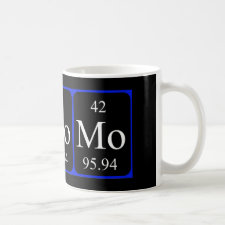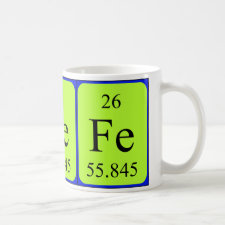
Authors: Özkara S, Andaç M, Karakoç V, Say R, Denizli A
Article Title: Ion-imprinted PHEMA based monolith for the removal of Fe3+ ions from aqueous solutions.
Publication date: 2011
Journal: Journal of Applied Polymer Science
Volume: 120
Issue: (3)
Page numbers: 1829-1836.
DOI: 10.1002/app.33400
Abstract: Abstract: Molecular recognition based Fe3+ imprinted monolith was prepared for selective removal of Fe3+ ions from aqueous solutions. The precomplexation was achieved by the coordination of Fe3+ ions with N-methacryloyl-(L)-cysteine methyl ester (MAC) to form the complex monomer (MAC-Fe3+). The polymerization step was then carried out in the presence of MAC-Fe3+ complex and hydroxyethyl methacrylate (HEMA) monomer by bulk polymerization to constitude a Fe3+-imprinted polymer (PHEMAC-Fe3+). The specific surface area of PHEMAC-Fe3+ monolith was found to be 35.2 m2/g, with a swelling ratio of 60.2% after the template was removed from the monolith by 0.1M EDTA solution. The maximum adsorption capacity of PHEMAC-Fe3+ monolith for Fe3+ ion was 0.76 mg/g. The adsorption behavior of the monolith has been successfully described by the Langmuir isotherm. It was determined that the relative selectivity of PHEMAC-Fe3+ monolith was 59.7 and 37.0 times greater than that of the nonimprinted PHEMAC monolith as compared with the Cd2+ and Ni2+ ions, respectively. The PHEMAC-Fe3+ monolith was recovered and reused many times without any significant decrease in its adsorption capacity. © 2010 Wiley Periodicals, Inc. J Appl Polym Sci, 2011
Template and target information: iron ion, ferric ion%, Fe(III)
Author keywords: molecular imprinting, monolith, molecular recognition, iron removal



Join the Society for Molecular Imprinting

New items RSS feed
Sign-up for e-mail updates:
Choose between receiving an occasional newsletter or more frequent e-mail alerts.
Click here to go to the sign-up page.
Is your name elemental or peptidic? Enter your name and find out by clicking either of the buttons below!
Other products you may like:
 MIPdatabase
MIPdatabase









